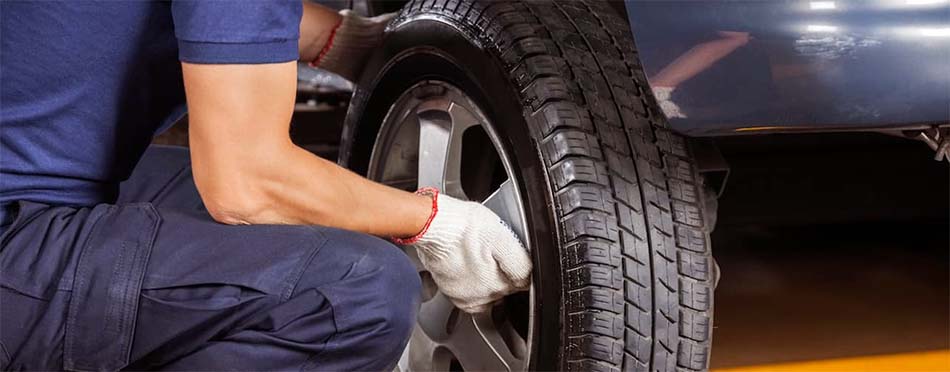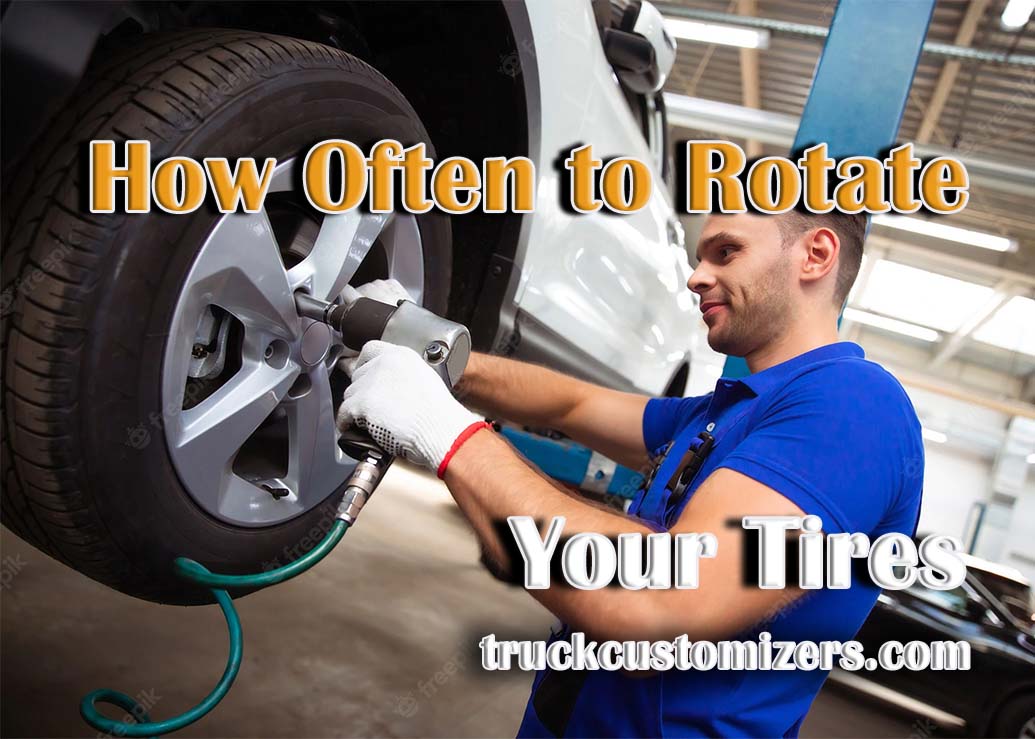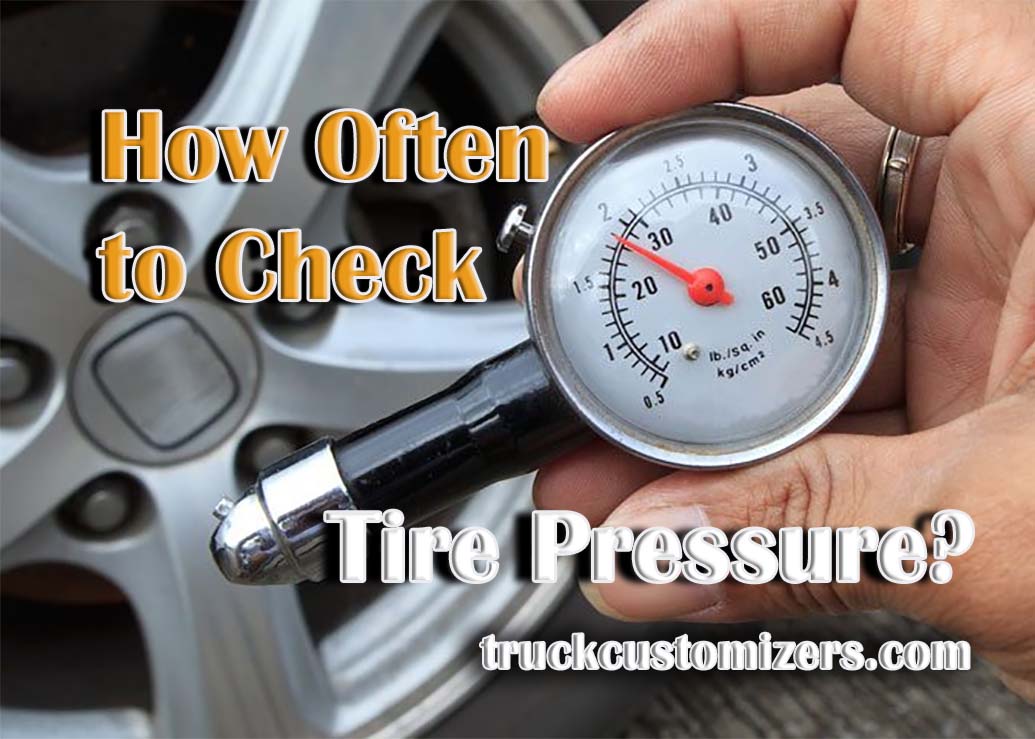Having your tires rotated on a regular basis is an important part of car maintenance. Rotating your tires helps to ensure that you get the most mileage out of them and helps to extend their life. It also helps to keep your car running safely and smoothly. Knowing how often and how to rotate your tires is essential for proper vehicle care.
Benefits of Tire Rotation
Tire rotation not only extends the lifespan of your tires, but it also helps even out tire wear, improving traction on all four wheels, increasing fuel efficiency, and helping avoid uneven steering due to worn-out tires on one side. Rotating your tires also improves handling control over time by helping reduce the risk of skidding or slipping in wet weather conditions or when turning sharply at high speeds.
Types of Tire Rotations
There are several types of tire rotations depending upon a vehicle’s drivetrain configuration (front-wheel drive, rear-wheel drive etc.). The most common types are: forward cross rotation (switching front left tire with rear right tire), rearward cross rotation (switching front right tire with rear left tire) and X-pattern rotation (switching both front tires with each other and both rear tires with each other).
How to Properly Rotate Tires
Before you rotate your tires, check the manufacturer’s recommended rotation pattern based on your car’s drivetrain configuration. If you are uncertain, have a qualified mechanic inspect your vehicle and determine the best tire rotation pattern for your car.

When it comes to frequency, manufacturers’ recommendations vary but generally suggest rotating tires every 5,000 to 10,000 miles depending upon the type of driving you do (regular highway driving versus off-road or city driving). It is also important to check tire pressure before rotating them and make sure all four are at the same level. Additionally, you should use secure jack stands that fit securely under your vehicle when lifting it off the ground for tire rotation. Read here about The Dangers of Rust on Wheels.
Tips for Maintaining Tires
In addition to rotating your tires regularly, there are some other things you can do to keep them in good condition:
-
Check pressure frequently – Underinflated or overinflated tires can cause damage over time and reduce their lifespan; get into the habit of checking tire pressure regularly using a quality gauge and fill them up as necessary.
-
Monitor tire tread – Make sure that you check the tread on your tires regularly to ensure they are evenly worn and not too shallow; use a penny or the “Tread Wear Indicator” bar found in most tires to help gauge proper depth.
-
Stay aware of weather conditions – Keep an eye on the forecast and be prepared for seasonal changes; consider investing in winter tires if you live in an area with significant snowfall. Also read about Cold Weather Package BMW.
-
Have them aligned regularly – Wheel alignment helps ensure even tire wear and can improve traction, handling, and fuel efficiency; have your wheels checked and aligned at least once a year (or after any major repair).
Conclusion
Rotating your tires is an important part of regular car maintenance that can extend their lifespan, improve traction, handling, and fuel efficiency. Follow the manufacturer’s recommendations for rotation pattern based on your vehicle’s drivetrain configuration as well as tire pressure levels when rotating them. Make sure to rotate them every 5-10k miles based upon usage (more often if offroad driving)and keep tabs on pressure levels, tread wear, weather conditions, and wheel alignment throughout the year to maintain a safe and efficient vehicle.



